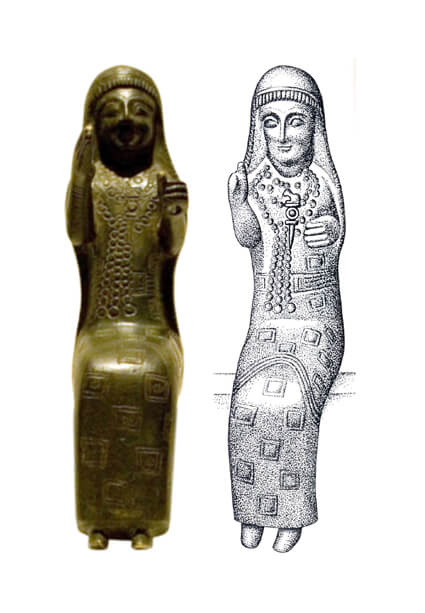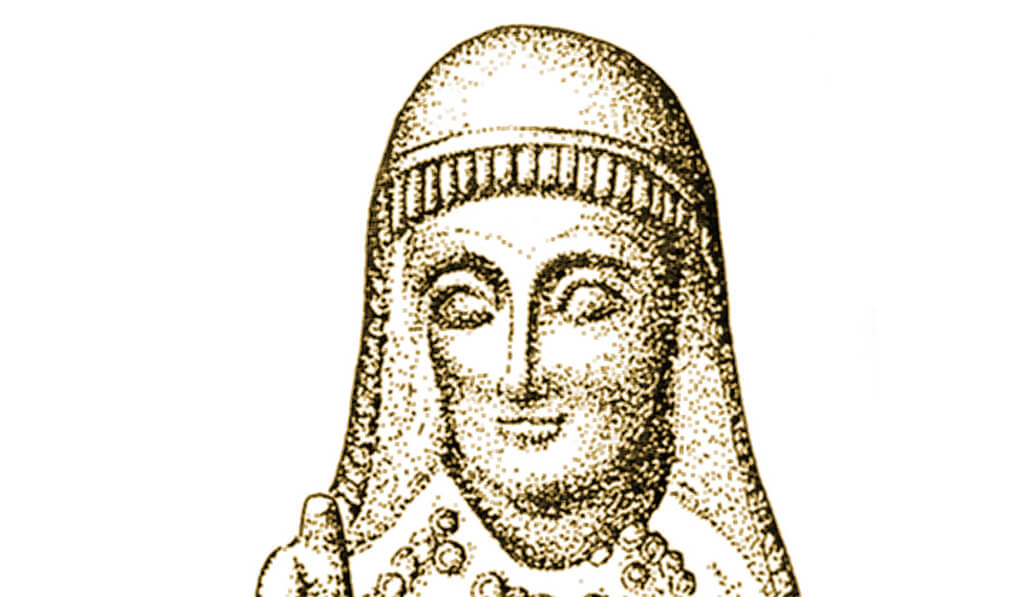Ivory carving is widespread in a wide geography, including Urartu in the 1st millennium BC, with the same iconographic details. It is a controversial issue whether such products are produced in workshops in the Urartian geography or they are imported from Northern Syria or Assyrian centers. In Urartu, Altıntepe, Karmir-Blur and Toprakkale origin ivory artifacts are in identifiable number.
Among these, the ones found in the tombs of Altıntepe and in the temple area constitute the production technique and formally a wider collection. Human figures with bird heads and lion figurines are the best known example. Bird-headed winged human figurines are iconographic elements that can be widely observed in Assyria and Northern Syria geography. It was used in various sizes and styles from stone reliefs to cylinder seals. The most striking examples are the eagle-headed reliefs which are placed on each side of the tree of life and hold bucket on their hands and graft the ree of life with their right hand, on the orthostats in the Assyrian palaces, It can be said that it is used as the decorative element of furniture from flat plates that determine the upper and lower boundaries of Altıntepe samples which reflect the same iconographic features as the general lines. Lion figurines differ with three-dimensional arrangements. Two examples of them sitting on the feet of candelabra can be said from the findings of the excavation. There are metal samples of these types of inserts on the tripod metal candelabra in Urartu. In Altıntepe, plate-shaped curved examples as deer, human face, palmette, winged sun course as well as examples that have function such as furniture components can be seen.
Another important collection was found out during the excavations at the Toprakkale Haldi temple and today they are in the British Museum. In addition to the three-dimensional standing male and female figurines, which are largely durable, the winged jinni and the parts of various human and animal parts constitute identifiable groups. It can be said that these samples are also used as furniture accessories and ornament elements.
Karmir-Blur dated to Rusa period, the son of Argişti, is another center where a significant number of ivory artifacts were determined with archaeological excavations. The human headed winged lion, the tower model and the human heads constitute examples that carry parallels with other centers. The origins of the ivory artifacts uncovered in the Urartian centers are controversial. While some of the iconographic features and areas of use appear to be specific to Urartu, they are mostly associated with the Northern Syria and Assyrian World. It is understood that the ivory coming from Northern Syria as a raw material is shaped within the framework of common likes and needs of Urartu, Phrygian, Late Hittite and Assyrian societies which constitute the important political and cultural regions of the first millennium.
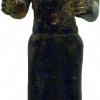
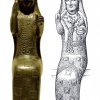
LEVHA ÖRNEĞİ
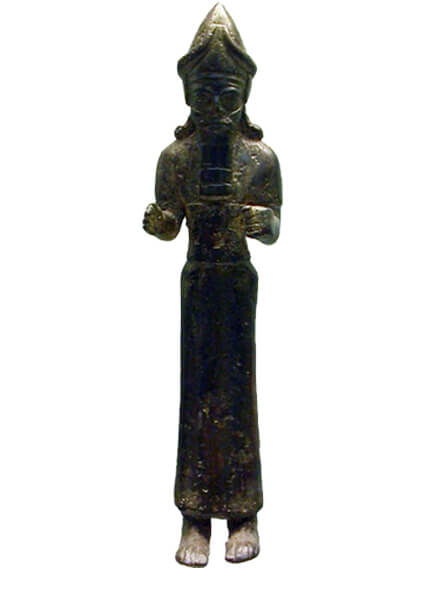
LEVHA ÖRNEĞİ
